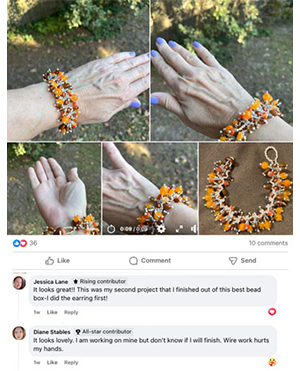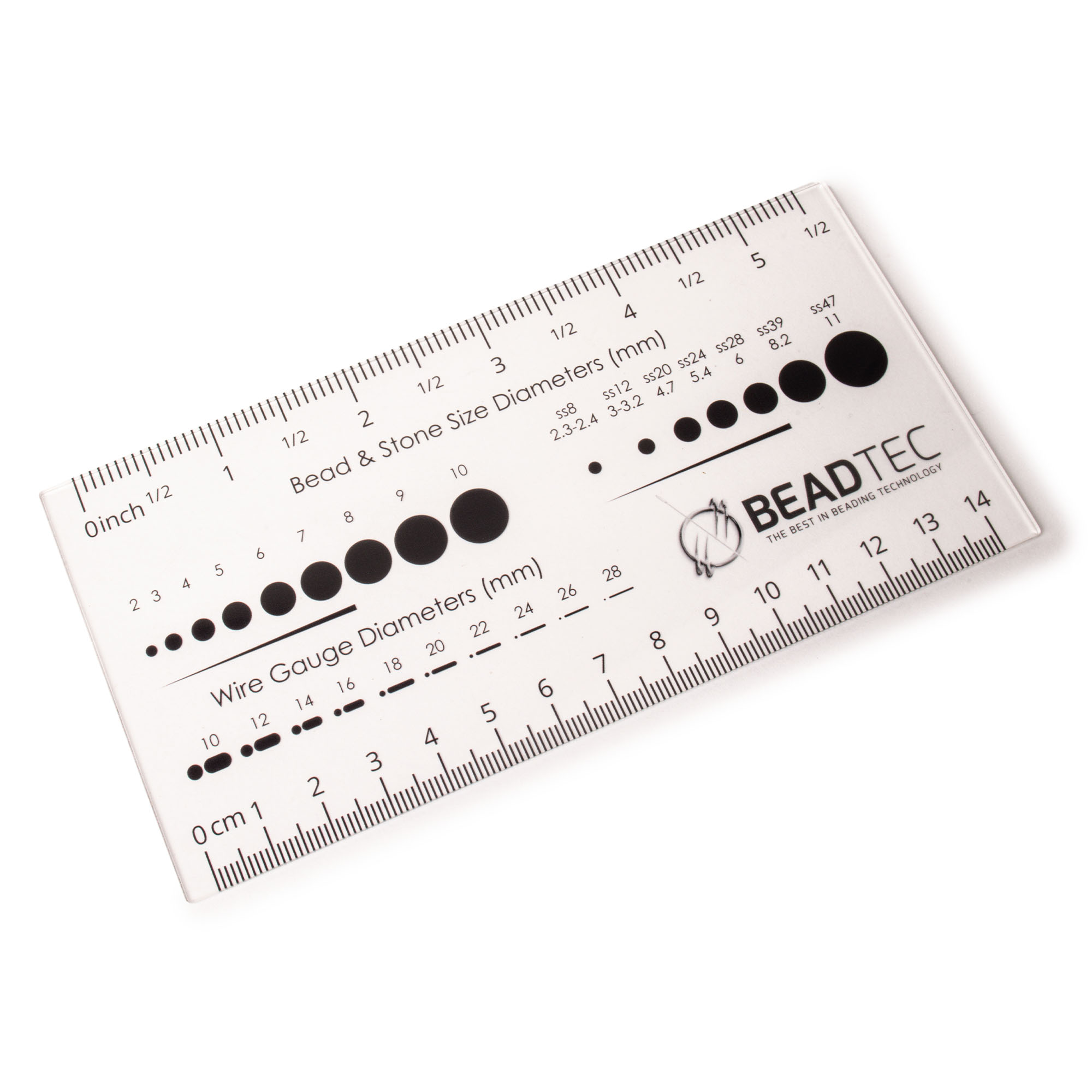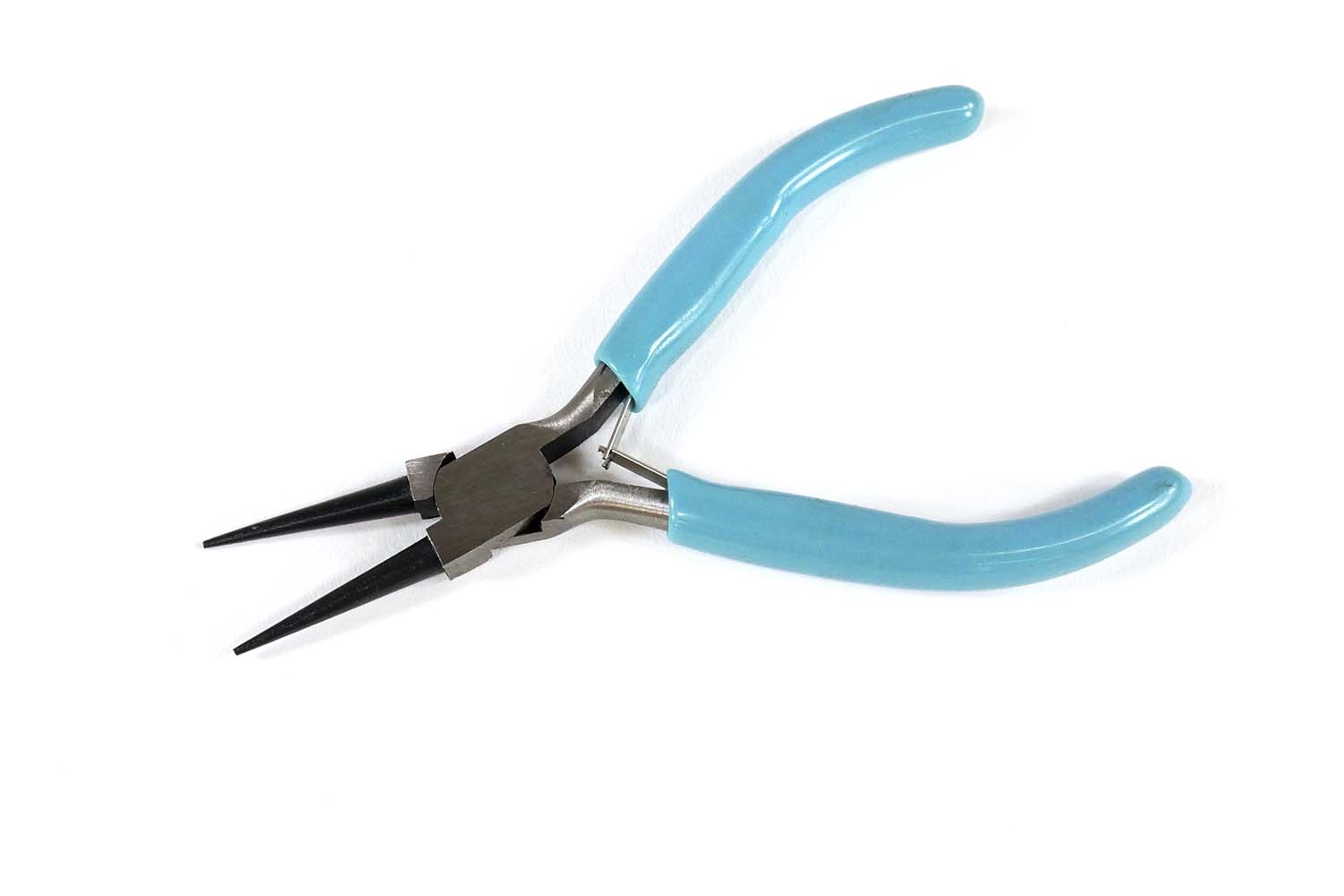- Jewelry-Making Supplies ▾
Design Jewelry with Confidence!
Seed Beads
Thread, Wire, & Stringing Materials
Athenacast Findings & Components
Everything Else
- Kits & Collections ▾
Assemble Your World
Kits & Collections
- Subscriptions ▾
Want monthly Beading Happiness?
Subscriptions
- Learn to Make ▾
Want to learn more?
- Discounts & Deals ▾
Explore Today's Promotions!
- Jewelry-Making Supplies
- Kits & Collections
- Subscriptions
- Learn to Make
- Discounts & Deals
-
Seed Beads
Thread, Wire, & Stringing Materials
Findings & Components
Everything Else
-
Kits & Collections
-
Subscriptions
- Home
- How to Make Jewelry
- Better Beader Episodes
- Converting a Ring into a Pendant
Converting a Ring into a Pendant

Watch the Video Tutorial
Watch the Video Tutorial
Need Any Extra Materials?
Need Any Extra Materials?
Need Any Extra Materials?
Need Any Extra Materials?
Episode Transcript
Episode Transcript
Introduction
In this episode of Better Beader, we explore the versatility of jewelry design by converting a stunning ring into a captivating pendant. This technique allows you to breathe new life into your favorite ring designs and wear them in a completely different way. Join us as we guide you through the process step-by-step, based on the insights shared in Better Beader Episode 106 from Potomac Beads.
Materials Needed
- Your chosen ring design
- Beading wire (e.g., 49-strand, 0.018-inch diameter)
- Wire guardians
- Crimp tubes
- Crimp covers
- Jump rings
- Lobster clasp
- Chain (optional)
- Flat nose pliers
- Crimping pliers
- Flush cutters
Step-by-Step Tutorial
- Begin by selecting the ring you wish to convert into a pendant. Consider the size, style, and overall design to ensure it will make an attractive and wearable pendant.
- Cut a length of beading wire, approximately 12-18 inches, depending on your desired necklace length.
- String a crimp tube and a wire guardian onto one end of the beading wire. Pass the wire back through the crimp tube, creating a loop around the wire guardian. Use crimping pliers to secure the crimp tube in place.
- Thread the beading wire through the ring, starting from the back of the design. Make sure the wire is centered and lies flat against the ring.
- String a crimp tube and another wire guardian onto the other end of the beading wire. Pass the wire back through the crimp tube, creating a loop around the wire guardian. Adjust the length of the necklace as desired, then use crimping pliers to secure the crimp tube in place.
- Trim any excess wire using flush cutters, leaving a short tail. Tuck the tail into the crimp cover for a neat finish.
- Open a jump ring using flat nose pliers and attach it to one of the wire guardians. Close the jump ring securely.
- Repeat step 7 with another jump ring and attach it to the other wire guardian.
- Finally, attach a lobster clasp to one of the jump rings, and your ring-turned-pendant is ready to wear!
Customization Ideas & Inspiration
The beauty of this technique lies in its versatility. You can experiment with different ring designs, from simple and minimalist to bold and intricate. Consider playing with various color combinations or mixing and matching beads to create a truly unique pendant.
If you prefer a longer necklace, consider adding chain segments on either side of the pendant for an adjustable length. You can also layer your pendant with other necklaces for a trendy, bohemian look.
Conclusion
Converting a ring into a pendant is a simple yet effective way to transform your jewelry collection and enjoy your favorite designs in a new way. By following the steps outlined in this tutorial, you'll be able to create stunning pendants that showcase your personal style and beading skills.
We hope this guide, inspired by Better Beader Episode 106, has empowered you to experiment with this technique and explore the endless possibilities of jewelry design. Share your creations with us and fellow beaders, and don't hesitate to ask any questions you may have along the way. Happy beading!
Join Our Growing Community
Join Our Growing Community




Our Testimonials
Our Testimonials
- 55872 (83.8%)
- 4799 (11.4%)
- 3287 (4.1%)
- 228 (0.4%)
- 124 (0.3%)
- Favorite Reviews
- Highest to Lowest
- Newest to Oldest
- All Ratings
- 5 ★ Reviews
- 4 ★ Reviews
- 3 ★ Reviews
- 2 ★ Reviews
- 1 ★ Reviews
Loading...
Only Visible on Admin Mode
Item Description
Designer's Material List
Project Steps
Highest Quality
Products
100% Money
Back Guarantee
Fast
Shipping
Best Teaching &
Customer Service
You'll want these emails...
Get Free Projects & Inspiration
Get Free Projects & Inspiration
- Bullet 1
- Bullet 2
- Bullet 3
Copyright © PotomacBeads









